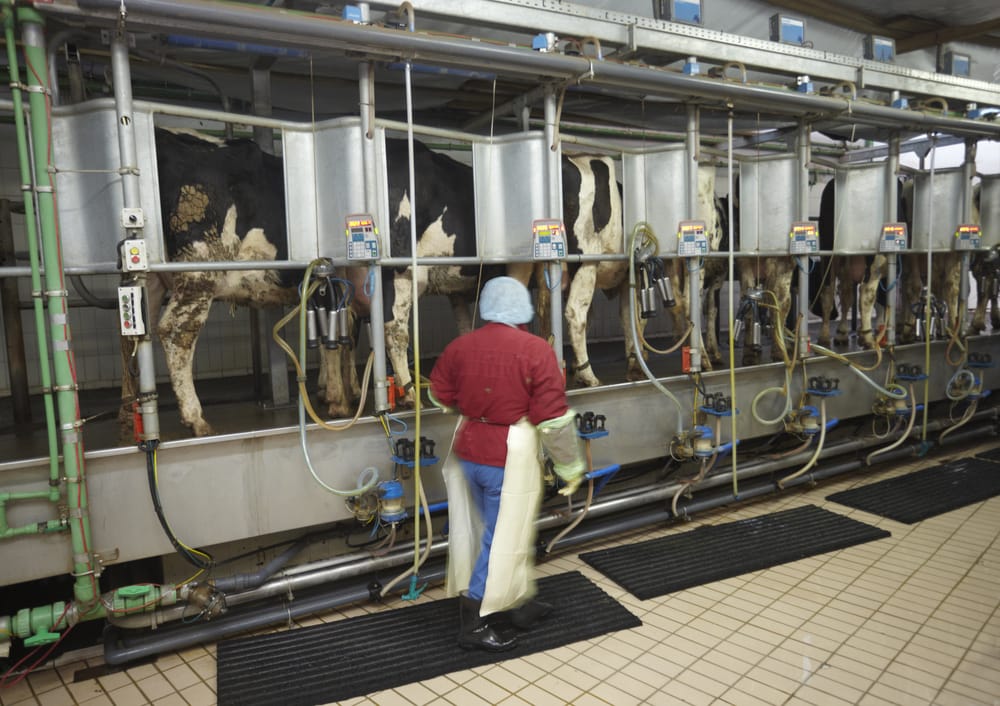Employer's Cost for Fringe Benefits for Management, Scientific, and Technical Consulting Services, All Establishments, Employer Firms
This dataset tracks employer's cost for fringe benefits for management, scientific, and technical consulting services, all establishments, employer firms over time.
Latest Value
22952.00
Year-over-Year Change
53.66%
Date Range
1/1/2012 - 1/1/2022
Summary
This economic trend measures the cost of fringe benefits for employees in the management, scientific, and technical consulting services industry across all establishments. It provides insight into labor costs and workforce compensation for this key sector.
Analysis & Context
This economic indicator provides valuable insights into current market conditions and economic trends. The data is updated regularly by the Federal Reserve and represents one of the most reliable sources for economic analysis.
Understanding this metric helps economists, policymakers, and investors make informed decisions about economic conditions and future trends. The interactive chart above allows you to explore historical patterns and identify key trends over time.
About This Dataset
The Employer's Cost for Fringe Benefits trend tracks the average cost of non-wage compensation like health insurance, retirement plans, and paid leave provided to workers in the management, scientific, and technical consulting services industry. This metric is used by economists and policymakers to understand industry labor costs and workforce dynamics.
Methodology
The data is collected through the U.S. Bureau of Labor Statistics' Employer Costs for Employee Compensation survey.
Historical Context
This trend offers insights into the competitiveness and labor market conditions within the consulting services industry.
Key Facts
- This trend has been tracked since 2004.
- Fringe benefits account for over 30% of total compensation in this industry.
- Costs have risen steadily over the past decade.
FAQs
Q: What does this economic trend measure?
A: This trend measures the average cost of fringe benefits, such as health insurance and retirement plans, provided to employees in the management, scientific, and technical consulting services industry.
Q: Why is this trend relevant for users or analysts?
A: This metric provides insight into labor costs and workforce compensation dynamics within the consulting services industry, which is important for understanding market conditions and competitiveness.
Q: How is this data collected or calculated?
A: The data is collected through the U.S. Bureau of Labor Statistics' Employer Costs for Employee Compensation survey.
Q: How is this trend used in economic policy?
A: Policymakers and economists use this trend to analyze labor market conditions and workforce dynamics within the consulting services industry, which can inform policy decisions and economic forecasting.
Q: Are there update delays or limitations?
A: There may be some delay in the availability of the latest data, as it is collected through a survey process.
Related News

U.S. Home Sales Decline In August Due To High Prices
August 2023 U.S. Home Sales Decline Amid Rising Mortgage Rates and High Prices In August 2023, U.S. home sales experienced a notable decline, highlighting a distressing trend in the housing market. Homeownership is more costly these days. High home prices and soaring 30 year mortgage rates, combined with limited housing inventory, pose significant challenges for potential buyers and cast a shadow on economic recovery efforts. Many potential homebuyers find themselves increasingly priced out of

U.S. jobless claims decline to lowest level since mid-July
U.S. Jobless Claims Drop: A Positive Sign for Economic Growth The U.S. economy is signaling a positive turn as the initial jobless claims have dropped to their lowest level since mid-July, suggesting a more resilient labor market. This decline in jobless claims is not just a number; it reflects crucial dynamics in the U.S. economy and employment landscape. As people file fewer claims for unemployment benefits, it suggests a strengthening employment market and a recovering economy. Also, the cur

Federal Reserve Faces Challenges In Setting U.S. Interest Rates
The Federal Reserve's Challenge in Interest Rate Decisions Interest rates play a pivotal role in the U.S. economy, impacting everything from the cost of borrowing to the returns on savings. The Federal Reserve, as the nation’s central bank, is responsible for setting these rates to steer monetary policy towards economic stability. In doing so, the Federal Reserve navigates through various economic indicators like inflation, employment rates, and GDP growth, a task made more complex by current e

Unpredictability of Interest Rate Direction in the United States
Navigating the Unpredictability of Interest Rates Interest rates have turned into one of the most unpredictable elements in the American financial landscape. This unpredictability stems largely from the nuanced decisions of the Federal Reserve, often referred to as the Fed, whose policies ripple through financial markets, influencing borrowing costs for everyone from ambitious entrepreneurs to families securing mortgages. The web of economic indicators, which serves as the backbone for interest

Yield curve steepening benefits US value and small-cap stocks
The Steepening Yield Curve in Today's Economy The recent rise in the 10-year U.S. Treasury bond yield sparks renewed interest in its impact on the financial markets. A steepening yield curve, where the gap between short-term and long-term interest rates widens, is grabbing investors' attention. While it usually suggests a positive outlook for economic growth, the implications for different segments of the stock market, such as value and small-cap stocks, can be significant. This shift in the yi

Federal Reserve reduces U.S. interest rates, plans further cuts in 2025
Federal Reserve's Strategic Interest Rate Cut in Focus The Federal Reserve's strategic interest rate cut is a significant move in today's economic climate. As the central banking system of the United States, the Federal Reserve plays a crucial role in setting monetary policy to influence the nation's economy. An interest rate cut defines the decision to lower the cost of borrowing, typically aimed at stimulating economic growth. This latest decision could have considerable effects on the U.S. e
Related Trends
Consumer Price Index for All Urban Consumers: All Items in U.S. City Average
CPIAUCNS
Capacity Utilization: Total Index
TCU
Commercial and Industrial Loans, All Commercial Banks
TOTCI
Share of Foreign Born in Home Owners Loan Corporation (HOLC) Neighborhood A
RLMSHFBHOLCNA
Home Ownership Rate in Home Owners Loan Corporation (HOLC) Neighborhood C
RLMSHHORHOLCNC
Share of Foreign Born in Home Owners Loan Corporation (HOLC) Neighborhood C
RLMSHFBHOLCNC
Citation
U.S. Federal Reserve, Employer's Cost for Fringe Benefits for Management, Scientific, and Technical Consulting Services, All Establishments, Employer Firms (EXPECFEF5416ALLEST), retrieved from FRED.